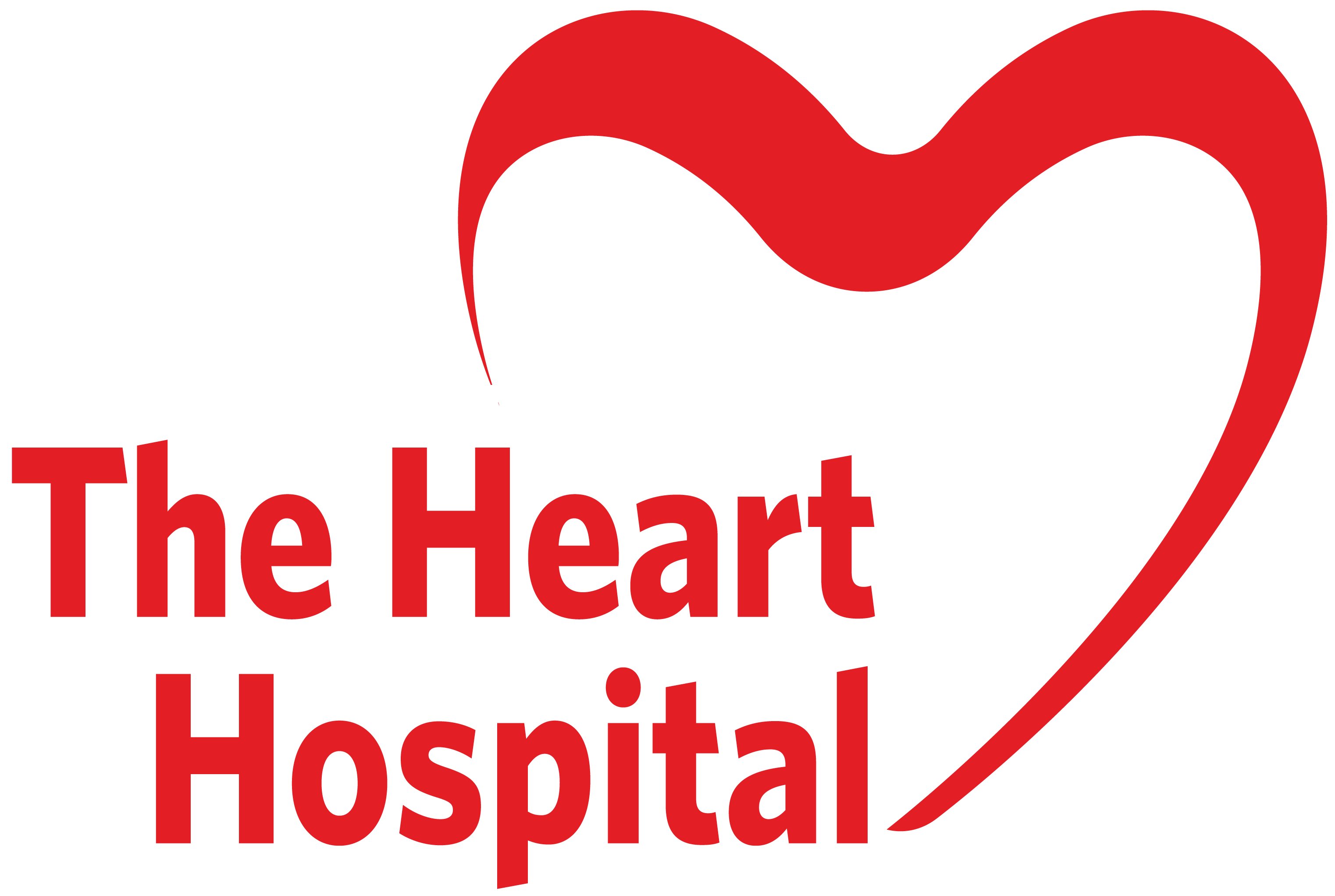Overview
Systolic and diastolic blood pressure are essential components measured during a blood pressure reading. Systolic pressure represents the force of blood against arterial walls when the heart contracts (beats), while diastolic pressure reflects the pressure when the heart is at rest between beats. Both values are crucial in assessing cardiovascular health, with normal ranges typically around 120/80 mm Hg. Abnormalities in these measurements can indicate various health conditions, including hypertension or hypotension. Regular monitoring helps in early detection and management of potential health issues.
Understanding Systolic vs Diastolic Blood Pressure
Let’s understand the basics of systolic and diastolic blood pressure
Systolic Blood Pressure. Systolic blood pressure (SBP) represents the maximum pressure exerted by the blood against the walls of the arteries during the contraction of the heart muscle (systole). It is the higher of the two blood pressure values and is measured in millimetres of mercury (mmHg).
SBP is the first number in a blood pressure reading. For example, if a person’s blood pressure is recorded as 120/80 mmHg, 120 is the systolic blood pressure.
Diastolic Blood Pressure. Diastolic blood pressure (DBP) reflects the minimum pressure in the arteries when the heart is at rest between beats (diastole). It is the lower two blood pressure values and measured in mmHg. DBP is the second number in a blood pressure reading.
Significance of Systolic and Diastolic Blood Pressure
Understanding the significance of both systolic and diastolic blood pressure is crucial because it helps healthcare professionals determine the overall health status of an individual’s cardiovascular system.
Systolic blood pressure
Heart Function: SBP measures the force the heart exerts to pump blood into the arteries. Elevated SBP can indicate increased resistance in the arteries, putting a strain on the heart.
Arterial Health: High systolic pressure is often associated with arterial stiffness, a condition that can lead to various cardiovascular issues, including heart disease and stroke.
Diastolic blood pressure
Arterial Health: DBP reflects the pressure in the arteries when the heart rests. Elevated diastolic pressure can signify a lack of arterial relaxation, contributing to the overall burden on the cardiovascular system.
Organ Perfusion: Diastolic pressure is crucial for ensuring that organs, especially the coronary arteries supplying the heart, receive adequate blood flow during the resting phase of the cardiac cycle.
Blood pressure readings
Let’s check out the blood pressure reading in detail.
Normal Blood Pressure: A normal blood pressure reading is around 120/80 mmHg. In this range, the heart effectively pumps blood, and the arteries relax during rest.
Hypertension: Hypertension, or high blood pressure, is a common cardiovascular condition characterised by elevated readings. The American Heart Association classifies blood pressure into different stages, with hypertension being a major risk factor for heart disease and stroke.
Hypotension: Hypotension, or low blood pressure, can also pose health risks, potentially leading to dizziness, fainting, or inadequate blood supply to vital organs.
Managing Blood Pressure
Managing blood pressure is crucial for maintaining overall health and reducing the risk of cardiovascular diseases.
Adopting a healthy lifestyle, including a balanced diet, regular exercise, stress management, and limited alcohol and caffeine intake, can contribute significantly to maintaining optimal blood pressure levels.
In some cases, medication may be prescribed to manage high blood pressure. These medications may target different aspects of the cardiovascular system, including reducing blood volume, relaxing blood vessels, or regulating heart rate.




